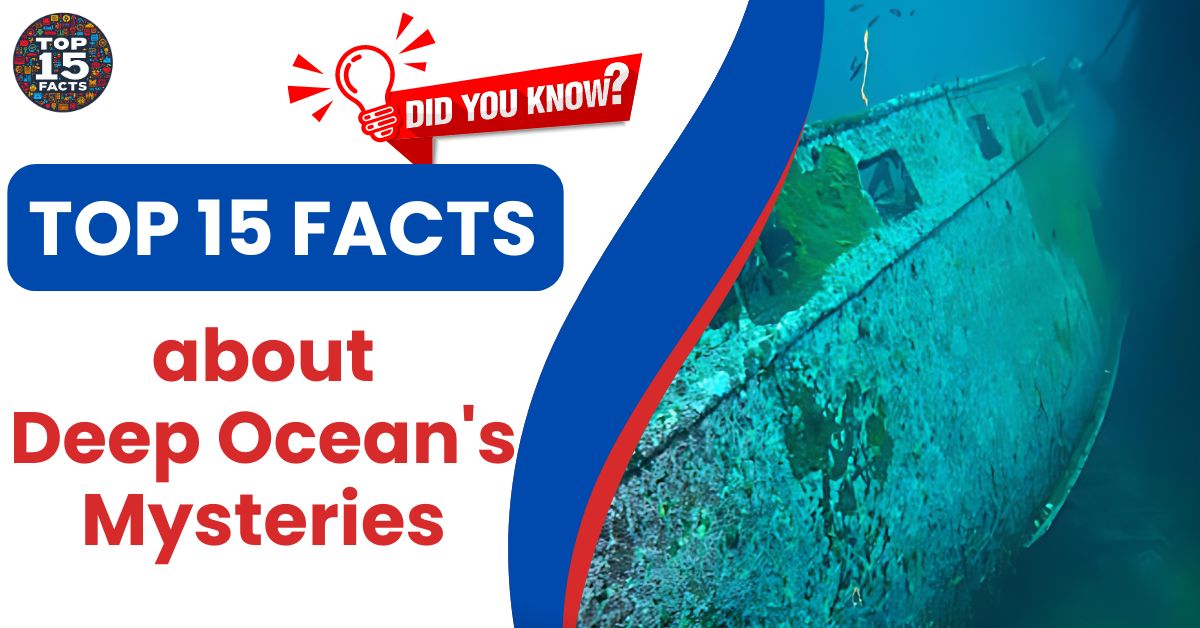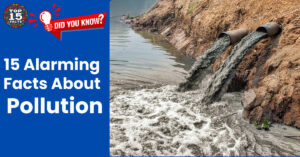Introduction
The depths of the ocean hold a world of secrets, a place far more alien and mysterious than anything on land. This vast underwater realm is home to incredible creatures, geological wonders, and phenomena that push the boundaries of our understanding. Let’s explore fifteen of the most fascinating facts lurking in the ocean’s deepest shadows.
15 Fascinating Facts about Deep Ocean Secrets
- The ocean holds more history than all the world’s museums combined.
- The deepest part of the ocean is known as the Challenger Deep.
- The pressure at the bottom of the ocean is so intense, it could crush a human like a soda can.
- Bizarre, bioluminescent creatures illuminate the deepest parts of the ocean.
- The ocean is home to mountains taller than Mount Everest.
- There are underwater lakes and rivers within the ocean.
- More people have been to the moon than to the bottom of the ocean.
- We have better maps of Mars than of our own ocean floor.
- Hydrothermal vents on the ocean floor support unique ecosystems.
- There might be more gold on the ocean floor than has ever been mined in history.
- Giant squid, mysterious and rarely seen, lurk in the ocean depths.
- The ocean holds secrets that could revolutionize medicine.
- The ocean floor is littered with ancient shipwrecks.
- The ocean depths might reveal clues to the origins of life on Earth.
- We’ve only explored about 5% of the world’s oceans.
1. The ocean holds more history than all the world’s museums combined.
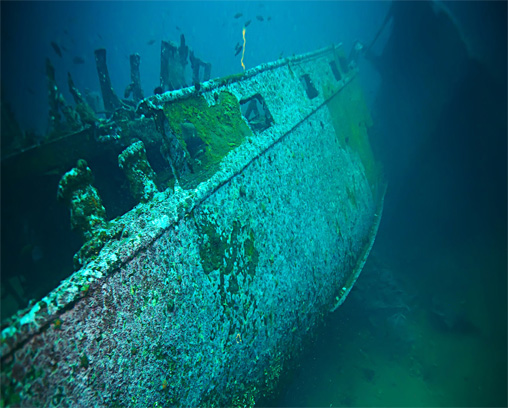
The ocean floor is a treasure trove of human history. Ancient shipwrecks, lost cities, and artifacts from bygone eras lie submerged, offering tantalizing glimpses into our past. These sites not only tell tales of trade and exploration but also act as time capsules, preserving a record of how civilizations lived and interacted with the seas throughout history.
2. The deepest part of the ocean is known as the Challenger Deep.
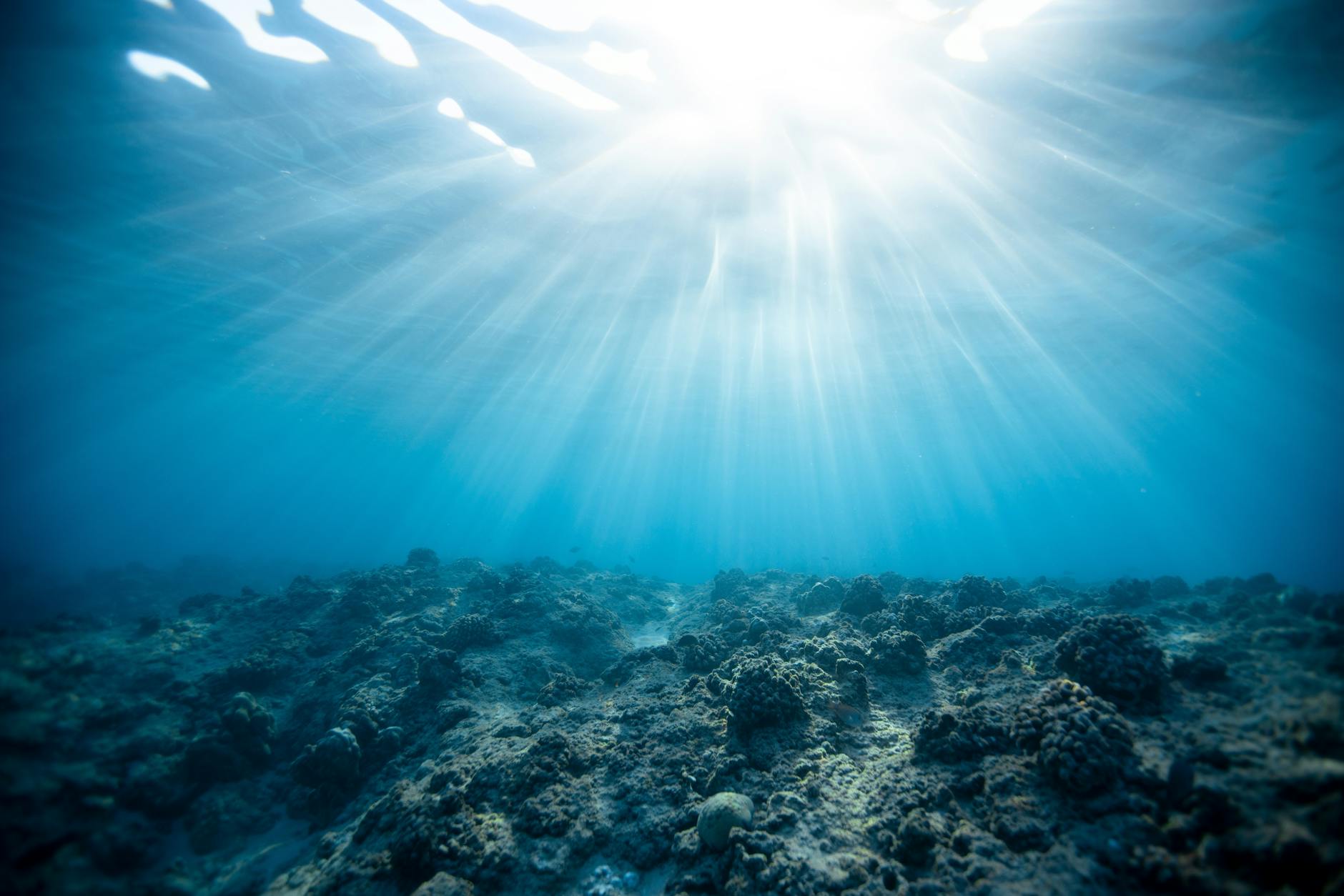
Located within the Mariana Trench in the western Pacific Ocean, this chasm plunges to a staggering depth of nearly 36,070 feet (about 11 kilometers). If Mount Everest were placed at its bottom, the peak would still be over a mile underwater!
3. The pressure at the bottom of the ocean is so intense, it could crush a human like a soda can.

The water pressure in the Challenger Deep is about 1,000 times greater than at sea level. That’s the equivalent of having the weight of 50 jumbo jets pressing down on you! Humans and most land-based creatures are simply not built to withstand such extreme forces.
Read More: 15 Biggest Environmental Threats: Protect Our Planet Now
4. Bizarre, bioluminescent creatures illuminate the deepest parts of the ocean.
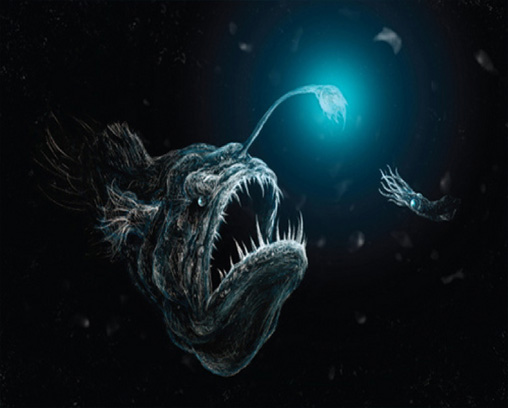
In the sunless depths, where light cannot penetrate, many creatures have evolved the stunning ability to produce their own light, called bioluminescence. From jellyfish and anglerfish to glowing squid, these creatures use their light for various purposes like attracting prey, confusing predators, or communicating with each other.
5. The ocean is home to mountains taller than Mount Everest.
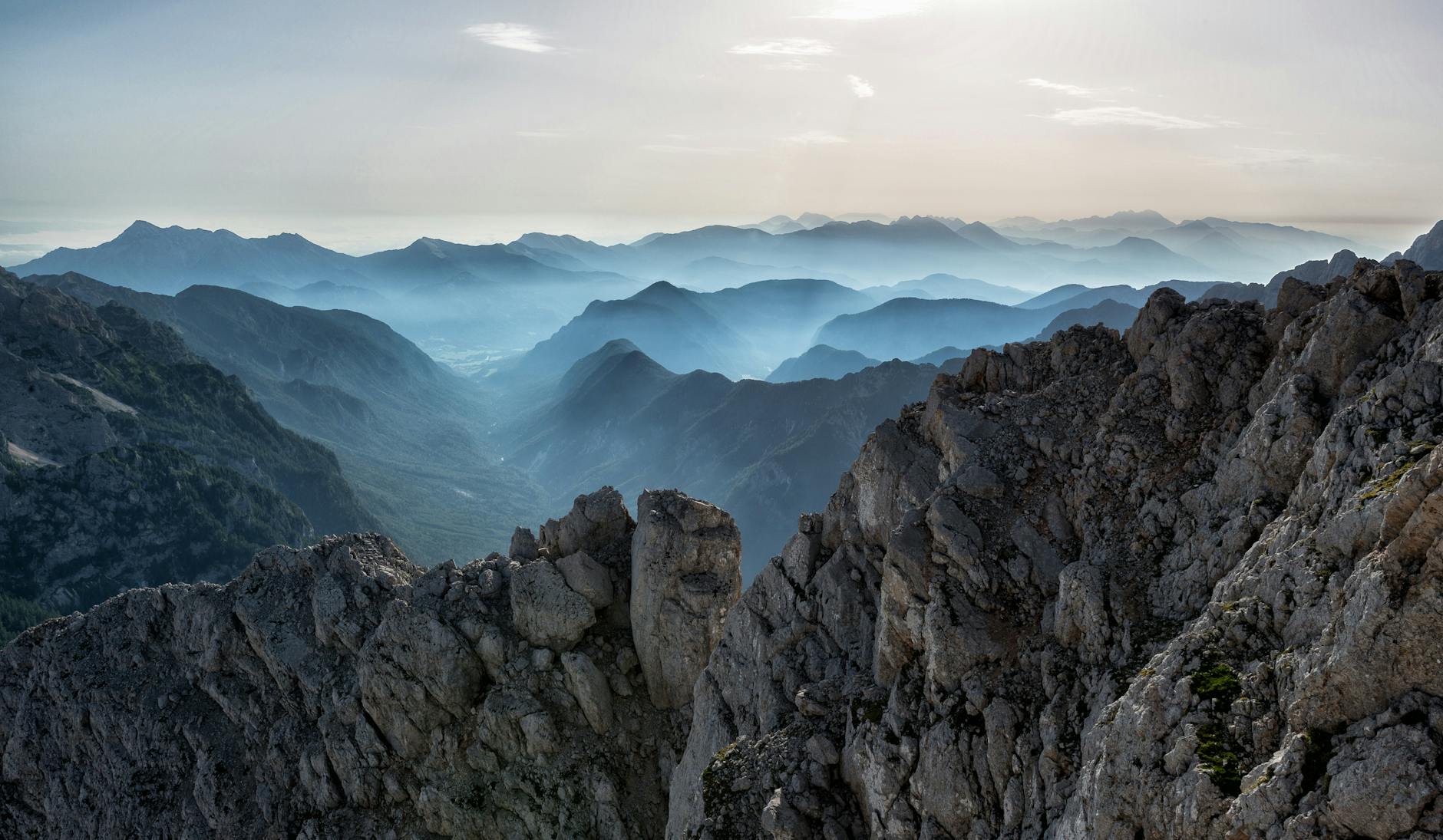
The Mid-Ocean Ridge, a vast underwater mountain range, winds its way around the globe. This mountain chain is formed by tectonic activity and the upwelling of magma and some of its peaks rise far higher than the tallest mountains on land.
6. There are underwater lakes and rivers within the ocean.
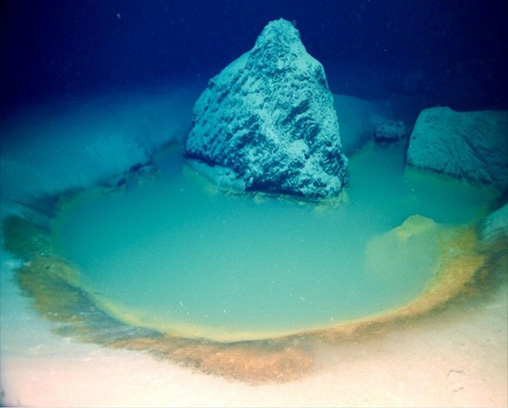
These strange “brine pools” are bodies of water that have a much higher salt concentration than the surrounding ocean. The denser water creates a distinct surface and shoreline, forming what looks like a lake beneath the sea. These pools can even have their own waves and currents!
Read More: 15 Astonishing Natural Wonders You’ve Never Heard Of
7. More people have been to the moon than to the bottom of the ocean.
The extreme pressure and hostile environment of the deep ocean make it incredibly challenging to explore. Only a handful of people throughout history have made the perilous journey to the Challenger Deep, compared to the twelve astronauts who have walked on the moon.
8. We have better maps of Mars than of our own ocean floor.
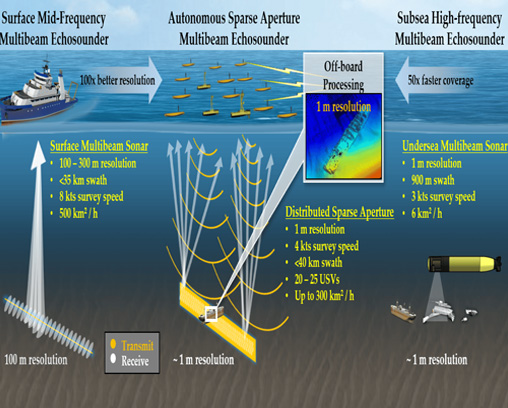
Despite its proximity, the ocean floor remains largely a mystery because it’s difficult for traditional mapping techniques like sonar to penetrate the vast depths. While we have detailed maps of the Martian surface, only a small percentage of the ocean floor has been thoroughly mapped.
Read More: 15 Heartbreaking Facts About the World’s Most Endangered Species
9. Hydrothermal vents on the ocean floor support unique ecosystems.
Hydrothermal vents are fissures in the seafloor where superheated, mineral-rich water spews forth. These vents provide a surprising oasis for life; bizarre creatures like giant tube worms and vent crabs thrive on the chemical energy rather than sunlight.
10. There might be more gold on the ocean floor than has ever been mined in history.
It’s estimated that there are around 20 million tons of dissolved gold in the ocean. However, this gold is incredibly dilute, and extracting it is not currently economically feasible.
11. Giant squid, mysterious and rarely seen, lurk in the ocean depths.
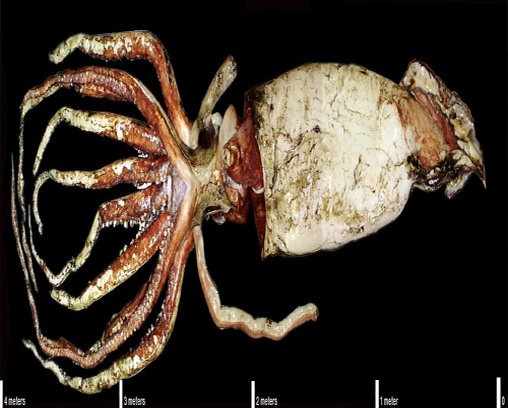
Reaching lengths of up to 60 feet, these elusive creatures inhabit the deep, dark waters of the ocean, making sightings incredibly rare. Their mysterious nature and immense size have led to tales and legends of sea monsters throughout history.
12. The ocean holds secrets that could revolutionize medicine.
Many marine organisms produce unique compounds with potential medicinal applications. From cancer-fighting compounds found in sponges to anti-viral properties in seaweed, the ocean is a vast pharmacy waiting to be explored.
13. The ocean floor is littered with ancient shipwrecks.
The ocean holds countless wrecks, some dating back thousands of years. These wrecks offer unique insights into past seafaring, trade routes, and even naval battles. They also become artificial reefs, colonized by marine life and creating their own vibrant ecosystems.
14. The ocean depths might reveal clues to the origins of life on Earth.
Some scientists hypothesize that life may have originated in the unique environment of hydrothermal vents. Studying these deep-sea ecosystems could hold the key to understanding how life first emerged on our planet.
15. We’ve only explored about 5% of the world’s oceans.
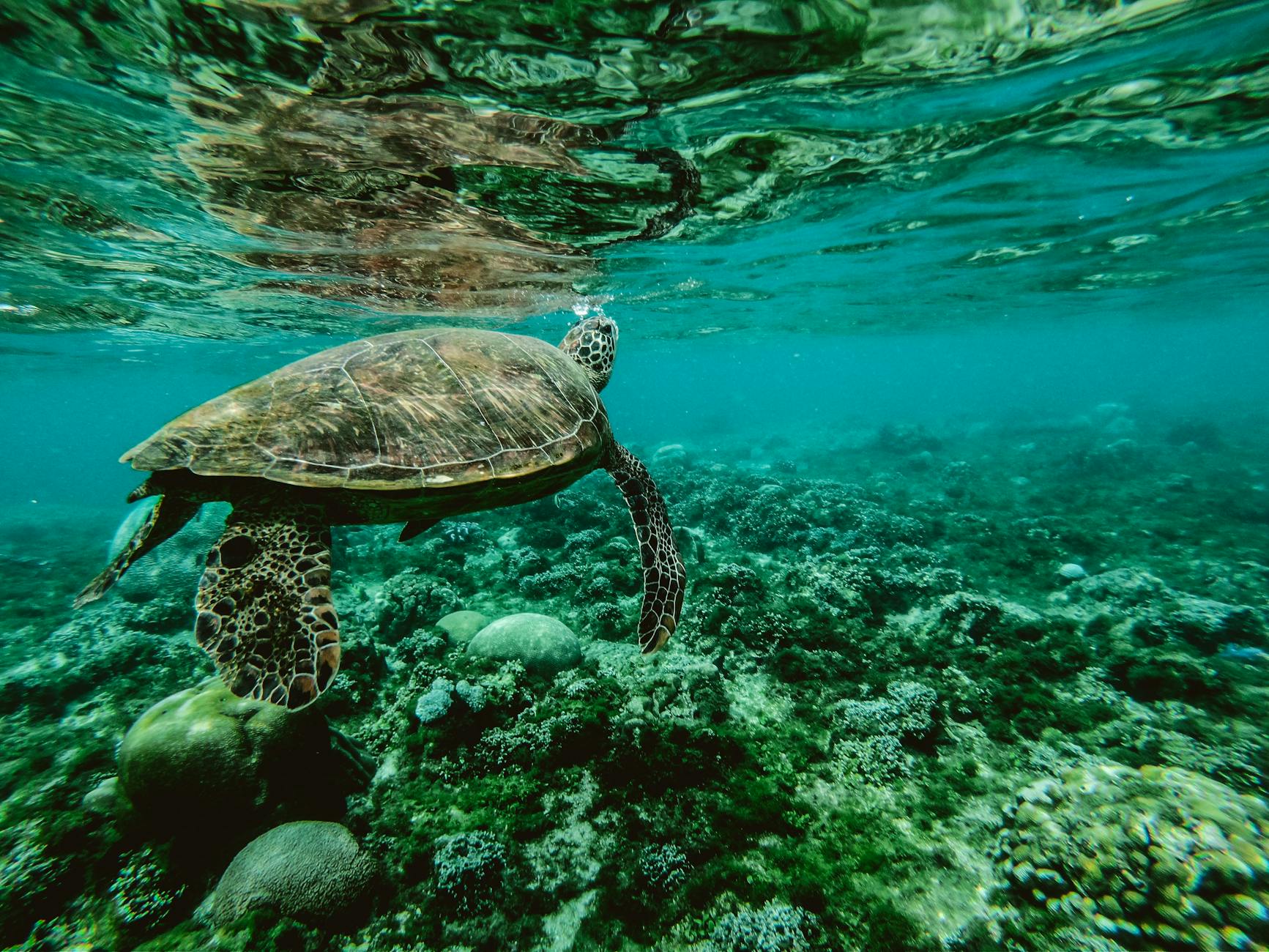
The vast majority of the ocean remains a mystery, holding the potential for countless undiscovered species, geological formations, and secrets yet to be revealed. As technology advances, we are poised to unlock even more of the ocean’s wonders.
Conclusion
The deep ocean is a realm of awe-inspiring wonders and profound mysteries. From its immense pressure to its strange bioluminescent creatures, the ocean continues to challenge our understanding of the world around us. As we venture further into its depths, we are sure to uncover even more secrets that will transform our understanding of our planet and the life it harbors.
15 FAQs ( Frequently Asked Questions)
-
Just how deep is the ‘deep ocean’ anyway?
The “deep ocean” starts at the twilight zone, about 200 meters (656 feet) below the surface. Here, sunlight fades, and the environment becomes much colder and darker than the surface waters.
-
Why is the deep ocean so dark?
Sunlight cannot penetrate far beneath the ocean’s surface. By the time you reach the deep ocean, almost all sunlight has been absorbed, leaving these depths in perpetual darkness.
-
What kind of creatures live in such a harsh environment?
Many amazing creatures are uniquely adapted to the extreme pressures, cold temperatures, and lack of light in the deep sea. We find bizarre anglerfish with bioluminescent lures, see-through jellyfish, giant squid, and otherworldly-looking fish and invertebrates.
-
How do deep-sea creatures find food in the darkness?
Many deep-sea creatures rely on senses other than sight to find prey. Some have highly sensitive eyes adapted to detect faint bioluminescent light. Others have enhanced senses of smell or use echolocation to locate food and navigate the abyss.
-
Are there really underwater volcanoes?
Absolutely! Hydrothermal vents are like underwater volcanoes found along the ocean floor’s mid-ocean ridges. These vents spew superhot, mineral-rich water and support entire ecosystems independent of sunlight.
-
Can anything survive the crushing pressure of the deep ocean?
Yes! Deep-sea creatures have evolved fascinating adaptations to cope with these immense pressures. Some have flexible bodies and skeletons, while others have special molecules that prevent their cells from being crushed.
-
How do we explore the deep ocean?
Exploring the deep ocean takes specialized equipment. Scientists use:
ROVs (Remotely Operated Vehicles): Robot submarines
Submersibles: Small, human-piloted research submarines
Specialized deep-diving cameras -
Why is it important to study the deep ocean?
The deep ocean influences our planet in many ways – regulating climate, harboring potential new medicines, and holding clues to the history of Earth and life itself.
-
Is the deep ocean affected by pollution and climate change?
Unfortunately, yes. Even the deepest parts of the ocean aren’t immune to the impact of human actions. Discarded trash, chemical pollution, rising ocean temperatures, and ocean acidification all threaten these fragile ecosystems.
-
What else can we learn from the ocean’s deepest secrets?
There’s so much more to discover! The deep ocean could provide new insights into biotechnology, resource sustainability, ocean resilience, and even the potential for life on other planets.
-
Is it true there’s more gold in the ocean than we’ve ever mined?
Yes, the ocean is estimated to contain millions of tons of dissolved gold. However, the concentration is extremely low, making it technologically and economically unfeasible to extract at this time.
-
What’s the deal with bioluminescence in the deep sea?
Bioluminescence is the ability of living things to produce their own light. Many deep-sea creatures use bioluminescence for various purposes:
To attract prey with glowing lures
To confuse predators with flashes of light
To communicate with each other for finding mates or signaling danger -
Are there really lost cities beneath the waves?
Yes! Throughout history, coastal cities have vanished beneath the water due to rising sea levels, earthquakes, or volcanic activity. Archaeologists study these underwater ruins to gain insights into ancient civilizations.
-
How much of the ocean remains unexplored?
Shockingly, we’ve only explored about 5% of the world’s oceans! This means the vast majority remains shrouded in mystery, promising exciting discoveries yet to come.
-
How can I help protect the deep ocean?
You can contribute even from afar! Here’s how:
Reduce your plastic consumption to prevent ocean pollution
Make sustainable seafood choices
Support organizations dedicated to ocean research and conservation
Spread awareness about the importance of protecting our oceans

